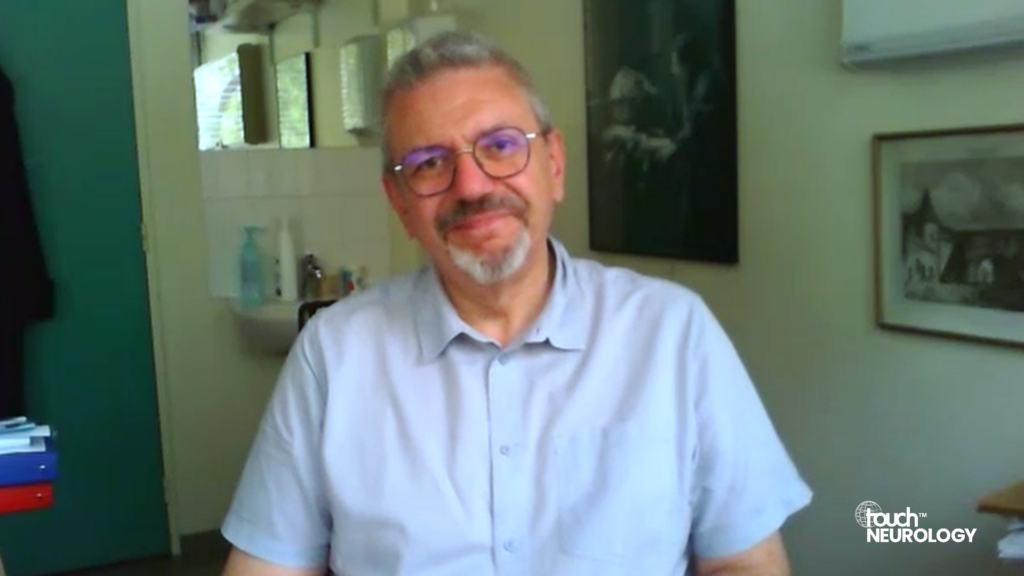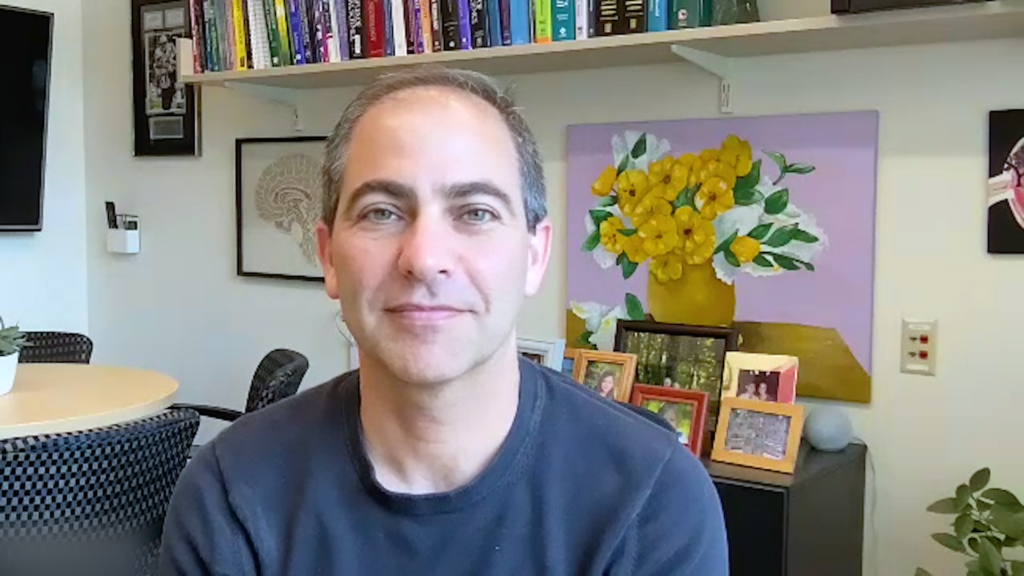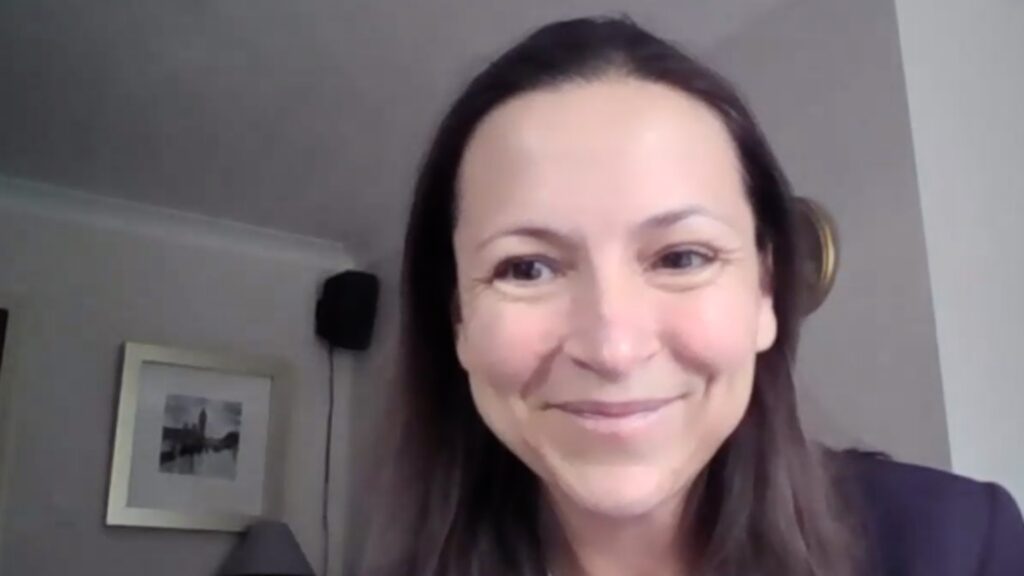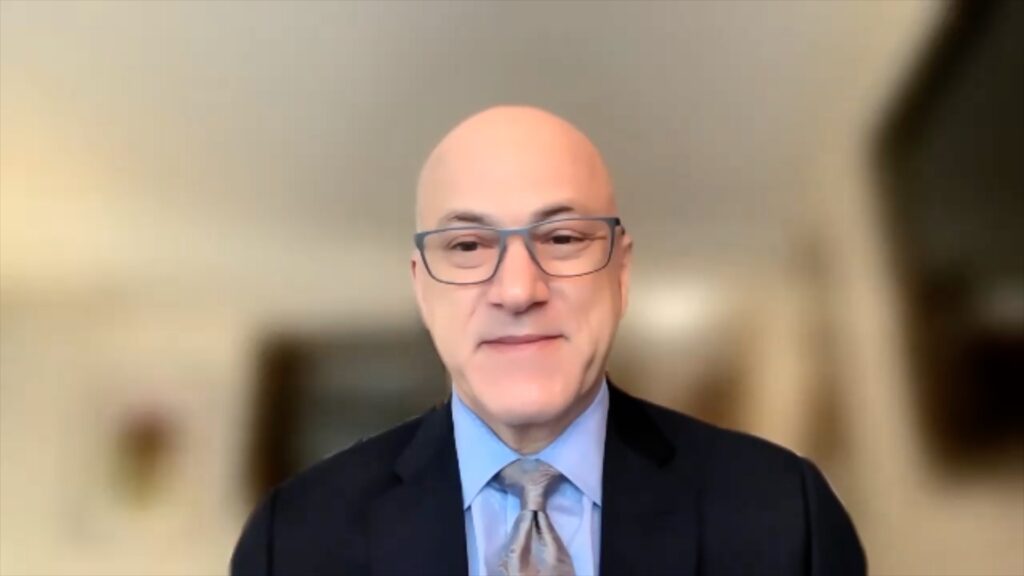In our latest Q&A, we are delighted to welcome Editorial Board member Dr David Hafler, William S. and Lois Stiles Edgerly Professor and Chairman of the Department of Neurology at Yale School of Medicine, as well as Neurologist-in-Chief at Yale-New Haven Hospital. Dr Hafler’s groundbreaking work in multiple sclerosis (MS) research has helped establish the disease as an autoimmune disorder and led to the development of therapies such as natalizumab. His contributions include identifying myelin-reactive T cells, uncovering the genetic and molecular mechanisms underlying MS, and exploring the role of salt in driving autoimmune responses. A highly cited neurologist, he has received numerous awards, including the Dystel Prize, the Raymond Adams Award, and the NIH Javits Investigator Award, and is a member of the National Academy of Medicine.
In this Q&A, Dr Hafler discusses his motivations, offers advice to early-career neurologists and shares his insights on the future of MS treatment and research.
 What motivated or inspired you to specialise in multiple sclerosis?
What motivated or inspired you to specialise in multiple sclerosis?
I was interested in the field of immunology at a young age. In college, I thought that understanding the brain in the 1970’s was unlikely, but immunology was blossoming as a field. I wanted to spend my career understanding and finding a treatment for a disease and thought that applying the field of immunology to MS for a career was a good pathway. This turned into using human disease to understand basic human biology, something that my mentor, Henry Kunkel at the Rockefeller taught me. This led to our discover of human Tregs, based on work in mice, followed by demonstrating that they were defective in autoimmune disease.
Do you have any advice for early career neurologists?
The obvious one. Find your passion but find what you are good at doing. For me, I was bitten by the “research bug” in high school and realized that my career needed to be around solving biologic problems. It then becomes focusing on that problem.
What is your prediction for where your subspecialty will be 10 years from now?
Imaging has played a major role in understanding inflammatory CNS disease; methods that allow faster and more high-quality imaging will be critical. Secondly, single cell RNA sequencing allows “non hypothesis limited” science. Using this technique, we have been able to characterize how the immune system changes in response to treatments such as B cell depletion. This will allow us to better develop biomarkers to measure disease activity, particularly in response to treatments.
Read more about Dr Hafler and his journey in neurology here.
Disclosures: No support or funding was received in the creation and publication of this article.











